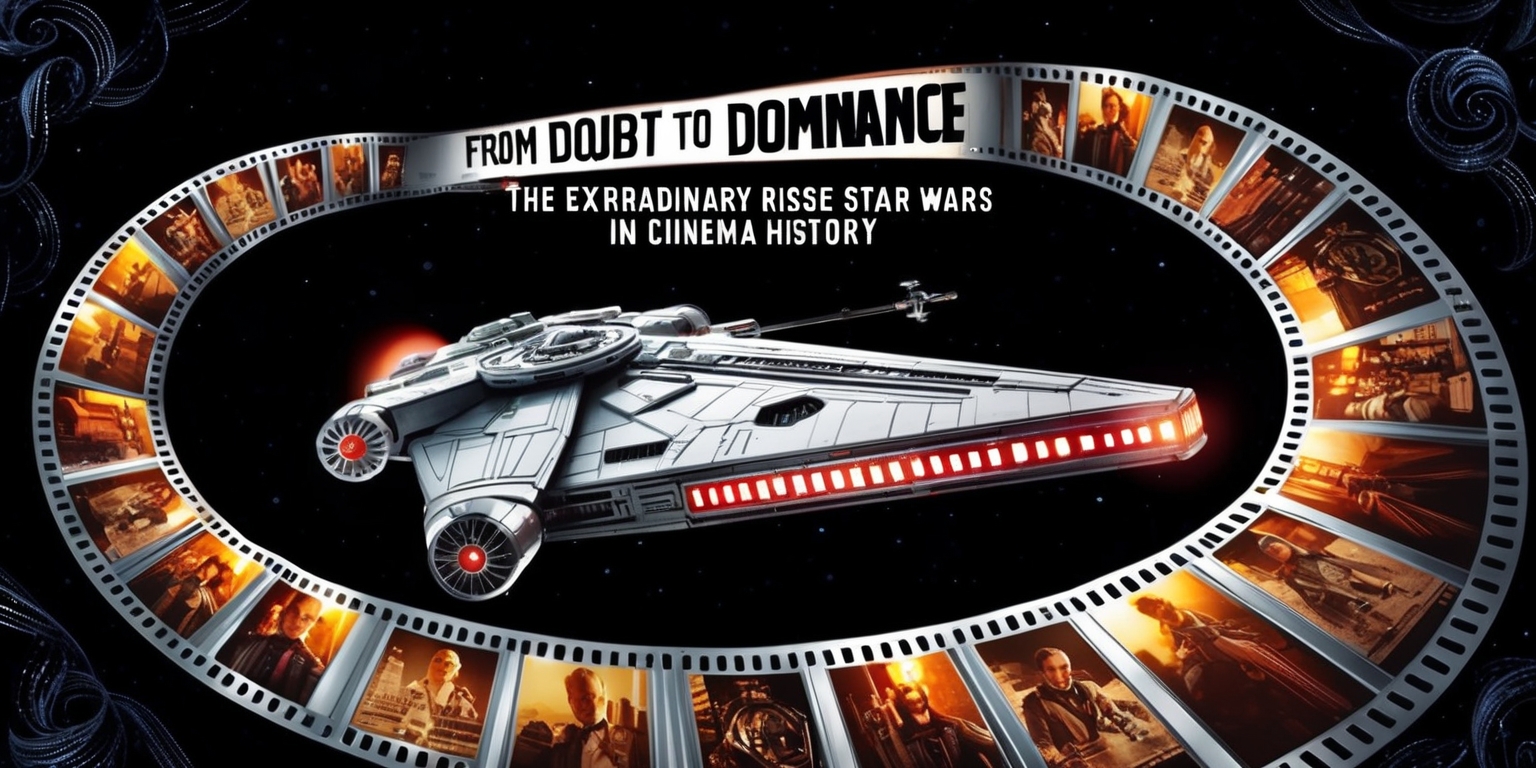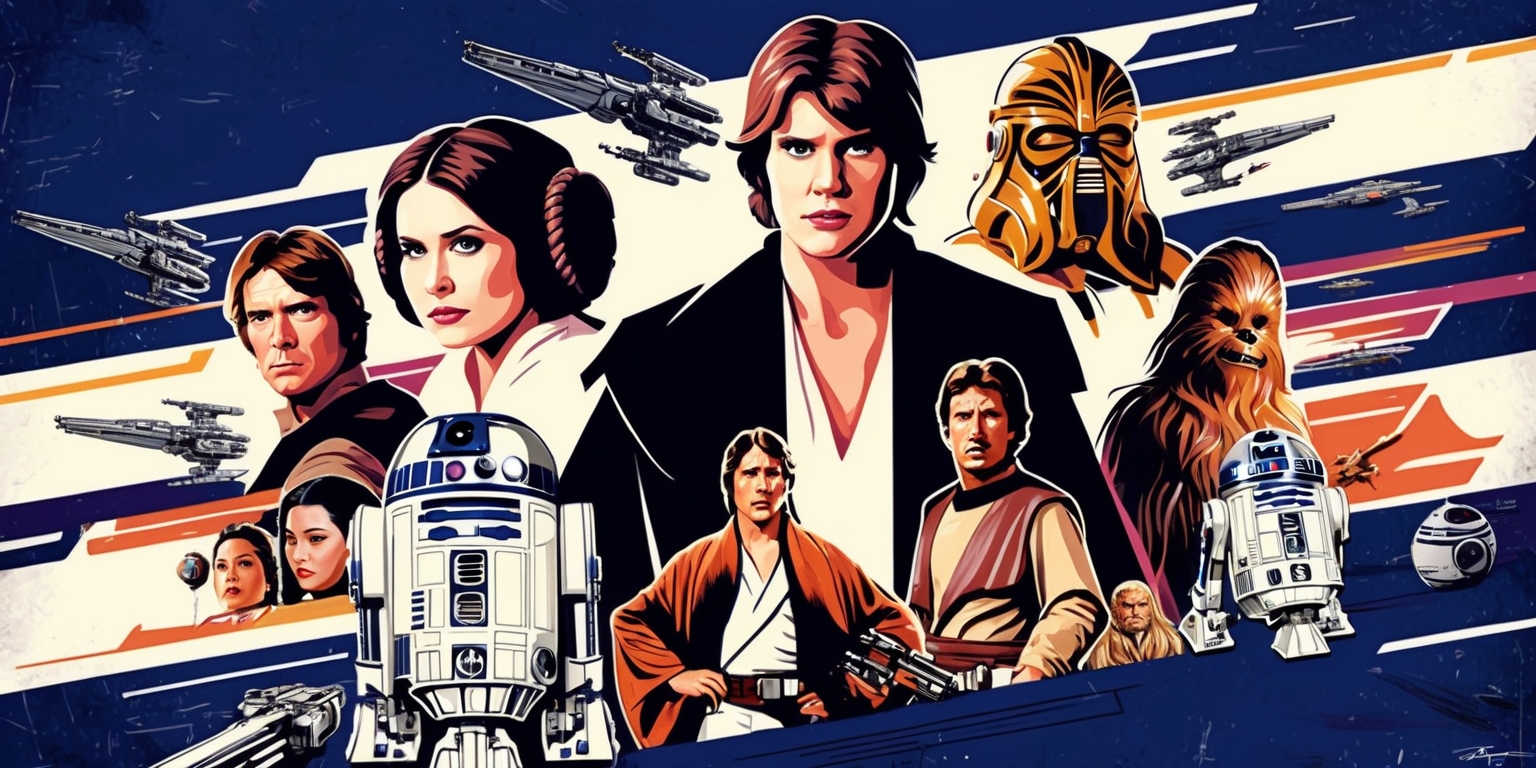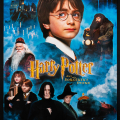From Doubt to Dominance: The Extraordinary Rise of Star Wars in Cinema History
- 2024-12-05 05:01:12

In the realm of cinema, few narratives are as astonishing as the story of how George Lucas's Star Wars came to be. From its humble beginnings in 1977, this groundbreaking film transformed the landscape of not just sci-fi but the entire movie industry. The trajectory of Star Wars stands as a testament to how creative vision can sometimes go against the widespread skepticism of the establishment. Despite launching a cultural phenomenon that endures today, the reality of its initial reception was strikingly different. The following exploration unveils the tumultuous journey of Star Wars from a neglected project to a revolutionary franchise.
Unforeseen Beginnings
The launch pad for Star Wars was anything but glamorous. At the time, George Lucas was a filmmaker without the star power that would later become synonymous with his name. As he prepared for the film's release, the industry outlook was grim. Few could foresee that this space opera would redefine modern filmmaking.
Initial Disinterest From Theaters
Distribution executives at 20th Century Fox took a hard look at the prospect of exhibiting Star Wars and decided against it. Larry Gleason, a former president of Mann Theatres, stated that most theaters were hesitant to embrace the film due to their belief that audiences would not be interested in a science fiction narrative.
Behind The Lack of Faith
The lack of confidence in Star Wars stemmed from various factors. The film's premise was unlike anything audiences had seen before, and combined featuring a largely unfamiliar ensemble of performers, it left distributors feeling uneasy about its commercial viability.
The Children’s Film Dilemma

Many industry insiders classified Star Wars as a children's movie, further contributing to the trepidation surrounding its release. Erik Lomis, another distribution executive, noted that this perception made it difficult for the film to gain traction among major theaters, as they often overlooked content meant for younger audiences.
George Lucas's Own Doubts
Even Lucas himself was doubtful about Star Wars resonating with audiences. He candidly admitted that he was unsure of the film’s theatrical success. While visual storytelling was his passion, the feedback from many industry peers painted a grim picture, with some questioning his judgment.
The Pivotal Pitch
The film's fate took a turn during a crucial pitch meeting with Alan Ladd Jr., the head of Fox. Gleason recounted that Ladd's soft-spoken rejection of the project had a ripple effect, cultivating an air of skepticism that permeated through the studio.
Bundling Strategy
In light of the widespread doubts, Fox decided to bundle Star Wars with another film to ensure it would find a theatrical home. This creative strategy was pivotal in giving it a chance at the box office, allowing audiences to experience the magic of Star Wars, albeit packaged with another movie.
Unexpected Box Office Success
The unexpected happened; while The Other Side of Midnight garnered a mere $24.7 million, Star Wars exploded, raking in over $307.2 million globally. The numbers were staggering, shaking up conventional beliefs about what a film could achieve in theaters.
Transformative Reception
As the film started to gain momentum, Lucas found himself astounded. The initial concern about it merely appealing to dedicated sci-fi fans was swiftly dispelled. Star Wars began to resonate with a broader audience, something Lucas hadn’t anticipated.
Critique from Industry Peers
During a panel discussion, Lucas reflected on how numerous doubts were expressed by several of his coworkers regarding the film's premise and execution. Their critiques ranged from mild concern to outright disbelief, yet the film went on to surpass expectations dramatically.
The Note from Fox President
Even when Fox President Ladd disclosed that the film was performing well during its opening weekend, Lucas struggled to accept that the initial success was anything more than a fleeting moment. However, subsequent weeks would prove him wrong as audiences flocked to theaters.
Shifting the Paradigm
Star Wars didn't just succeed; it changed the game entirely. The film's impact rippled far beyond financial metrics, altering the landscape of film-making and distribution, paving the way for the modern blockbuster.
The Rise of Franchise Culture
The success of Star Wars established an entirely new culture around film franchises. It spawned sequels, prequels, and spin-offs, creating a vast universe that would captivate generations to come, changing the industry approach towards blockbuster filmmaking.
A Legacy of Influence
With the legacy of Star Wars now firmly entrenched in pop culture, its influence can be observed in various media formats. It introduced advanced visual effects and narrative storytelling techniques that would set the bar for future productions.
Continuing the Saga
As audiences await new entries in the Star Wars saga, the film that was once deemed a risky venture has stood the test of time. Streaming services like Disney+ offer fans an opportunity to relive the magic that George Lucas created and appreciate the journey from skepticism to iconic status.
The saga of Star Wars serves as an inspiring reminder of how visions can flourish even in the face of adversity and doubt. Today, as a cornerstone of cinematic history, George Lucas's original creation embodies the spirit of innovation and daring, illustrating that sometimes the greatest risks yield the most profound rewards.





